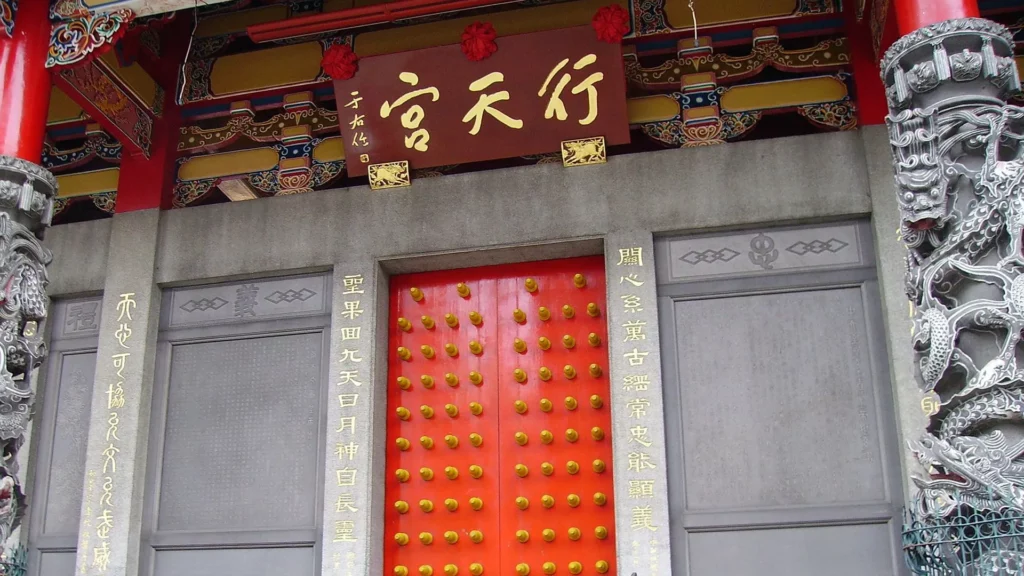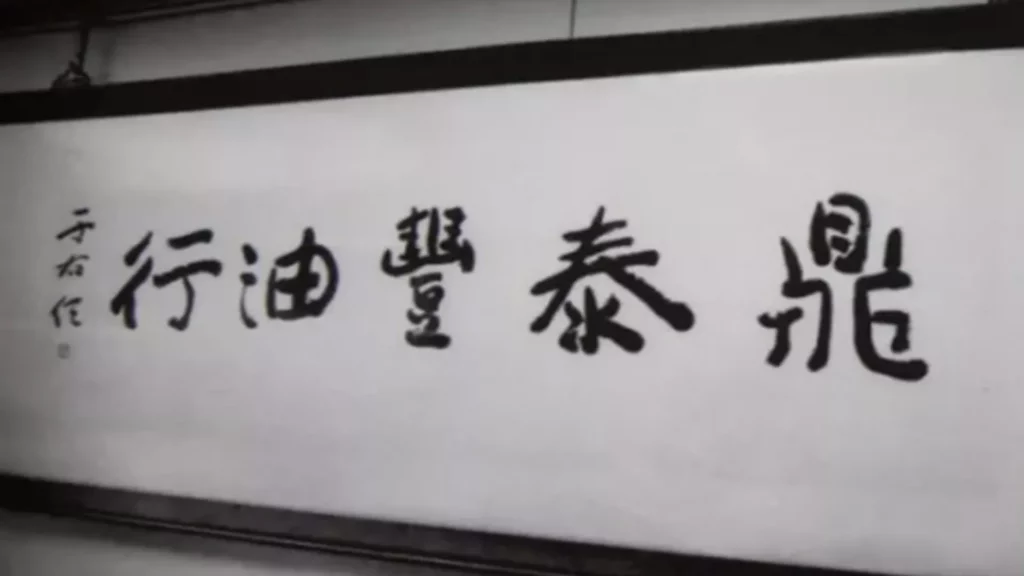Yu Youren, originally named Boxun, was later named “Youren” after the homonym of “alluring” in Chinese. He also named himself “the peaceful old man” in his later years. Yu Youren was a famous Chinese politician, educator, and one of the four major calligraphers of the Republic of China in the 20th century. He was praised as the “sage of modern calligraphy” and the “contemporary sage of cursive script.”
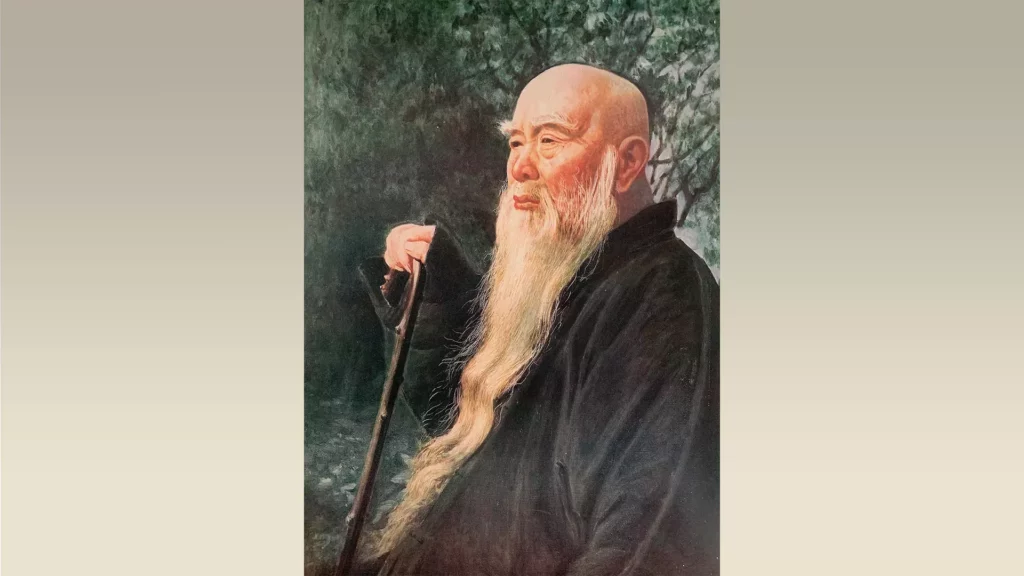
Talented Scholar
In 1879, Yu Youren was born in a small county called Sanyuan in Shaanxi Province. His mother passed away when he was two years old. He was raised by his aunt, and his grandparents supported his education. At the age of 17, through his diligent study, he passed the public examination in first place and was named a “xiucai” (scholar). When he was 20 years old, Ye Erkai, an academic administrator of Shaanxi Province 1, praised him as “the talent of the Northwest.” At the age of 25, he was given the title “juren” (the provincial graduate).
Note 1: During the Qing dynasty, each province set up an official, known as “Study Envoy”; the Qing government would dispatch imperial officials and subordinates who were Hanlin bachelors or scholars to serve this position, three years for one term. This official had the right to report about special conditions and was responsible for managing provincial education, including schools, scholars and general academic atmosphere, with the status of the role being under the governor and inspector.
Living in a time when feudal society was ending, Yu Youren didn’t work as an official for the Qing government despite his excellent grades. Instead, he started to publish newspapers and magazines, established schools, and worked with insightful people to improve Chinese society, becoming a patriot, talented scholar and educator appreciated by Sun Yatsen and Mao Zedong.
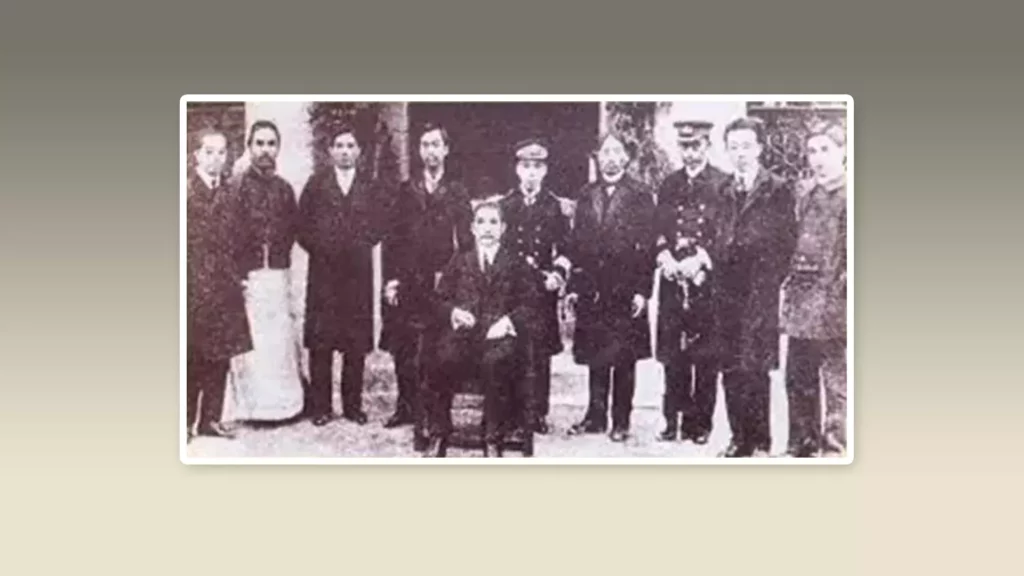
The Founder of “Introducing the Monument to Cursive Script”
Yu Youren was very talented, and his calligraphy was his most outstanding skill. At the age of 11, Yu Youren started studying calligraphy, scriptures and poetry in Mao Banxiang’s private school. Mao Banxiang was a famous teacher in Guanzhong. He was well aware that the regular structured “kai script” was the basis for learning various types of calligraphy, so when teaching Yu Youren, he focused on the regular script. Among all the regular scripts, Yu Youren particularly loved the strong and handsome stele body of the Northern Wei dynasty, with its sharp edges and corners.After he was well versed in the Northern Wei dynasty stele body style, in his middle age, Yu Youren turned his attention to cursive calligraphy. Yu Youren devoted himself to the study of cursive script and founded the Standard Cursive Script Club in Shanghai in 1932. Based on the principle of “easy to read, easy to write, accurate, and beautiful,” he systematically organized the cursive calligraphies created by dozens of predecessors. He also compiled 1,000 characters into the Standard Cursive Script Thousand-Character Classic that became an unprecedented cursive reference book for learners to copy. He also handwrote the standard cursive thousand-character script for future reference and practice. It is still being reprinted to this day and has a far-reaching influence.
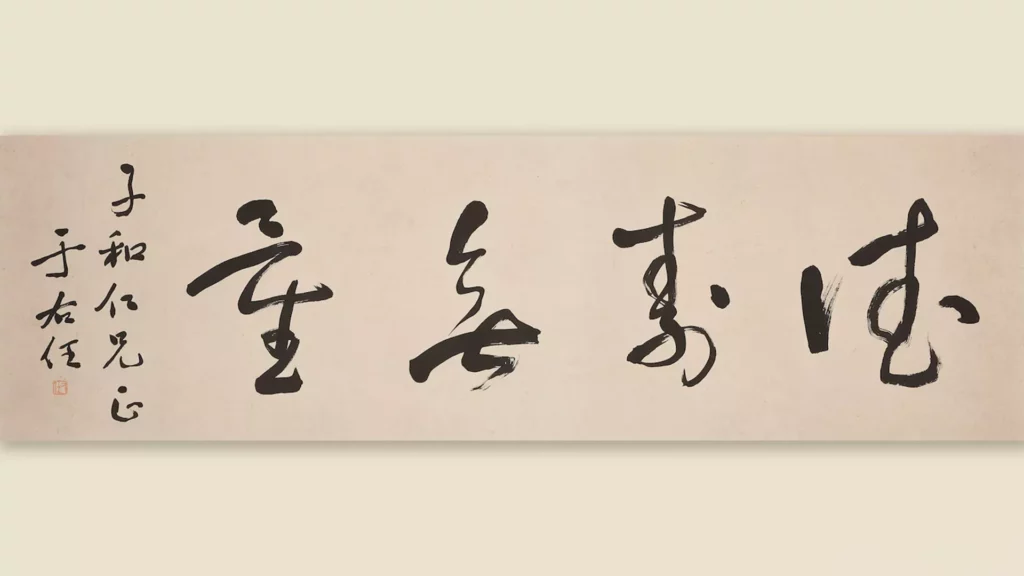
Yu Youren combined the Northern Wei stele style with the cursive script and created a new style. His cursive script integrated four calligraphy scripts of seal, clerical, regular, and cursive, and had drawn on the essentials of many calligraphy masters, forming a carefree yet appropriate character. In his later years, his calligraphy became more mature and reached a state of freedom and mastery. “Yu’s cursive script” is loved by both beginners and calligraphers. Yu Youren is also regarded as the “contemporary sage of cursive script.”
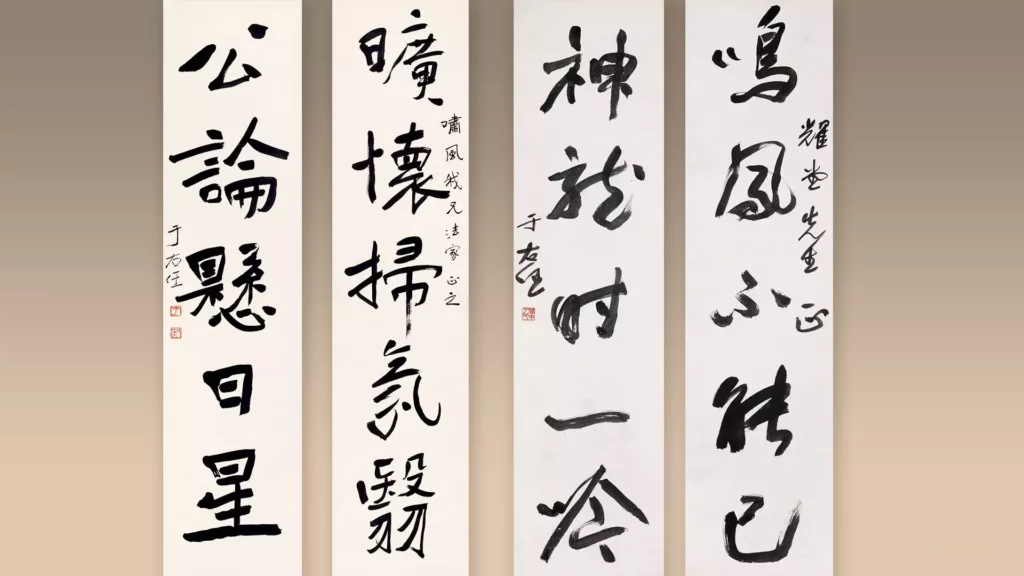
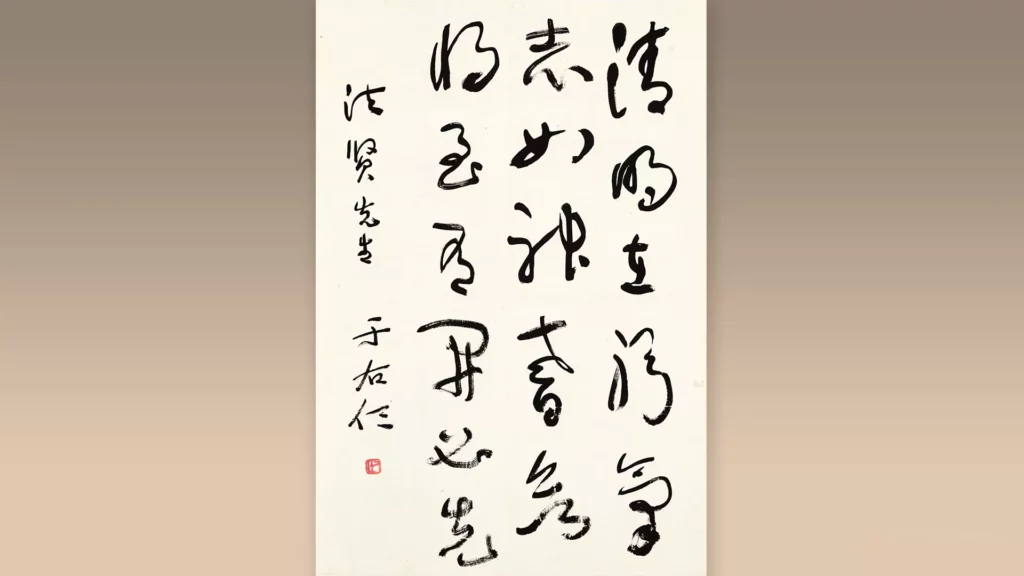
A Lasting Reputation
Yu Youren’s calligraphy reached the pinnacle of greatness not just because of his talent but also his diligence. When he was learning cursive script in his middle age, he would only memorize a character a day. However, after two to three years, he could write a book. Although Yu Youren’s calligraphy was well recognized and sought after by people, he was generous enough to deliver his calligraphy works as gifts and never hesitated to offer inscriptions when asked.
Yu Youren passed away in 1964, nearly 60 years ago. However, the popularity of his calligraphy works lives on, proving that he is justly acclaimed as the “contemporary sage of cursive script.”
